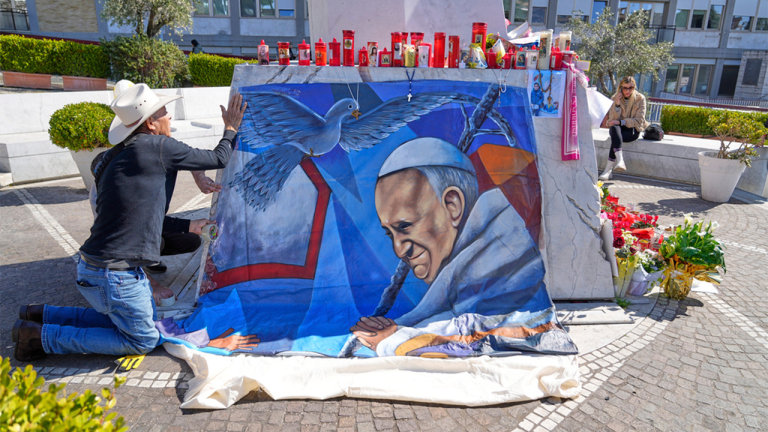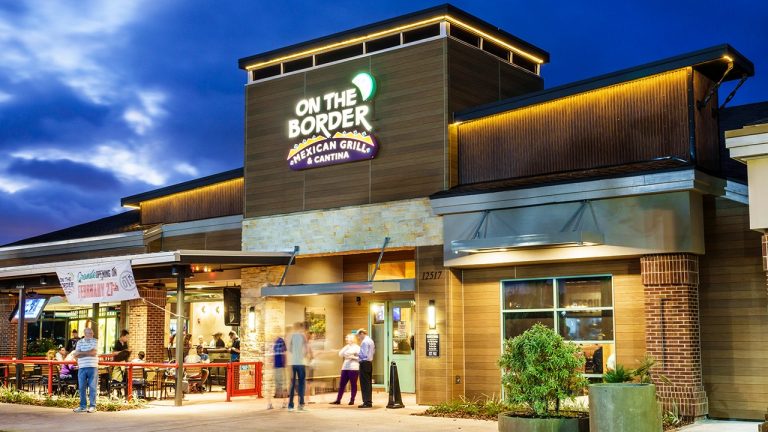

Critics of a planned homeless shelter near the airport have created a nonprofit that could fund a legal challenge to the proposal, signaling a more aggressive stage of the opposition campaign as the site gets closer to potentially hosting hundreds of people.
Point Loma CARES is a 501(c)(4), meaning it has flexibility to lobby for specific causes and will not have to publicly identify donors.
CARES’ formation follows months of organizing by residents worried about how the shelter could effect Liberty Station’s shops and schools.
“We’re going to try and keep the momentum going,” Derek Falconer, the group’s CEO, said in an interview. “We’d like to help the mayor’s office find different and better solutions than the H Barracks site.”
San Diego unquestionably needs more shelter. During many weeks last year, the vast majority of people asking to stay at traditional facilities did not end up getting beds.
City leaders believe they’ve found a stopgap in a 7-acre lot off North Harbor Drive that holds abandoned U.S. Navy barracks shaped like giant “H’s.” The land will eventually help host the Pure Water recycling system, but that project is years from completion.
A public presentation by the city in late January said multiple approaches for the site remained on the table, including safe parking and legal camping. Officials previously said the most likely option involved installing two large tents that could collectively sleep around 700 people.
That would effectively make the shelter the largest in San Diego.
Concerns generally center on whether the city could effectively manage and care for that many participants, some whom will likely be struggling with addiction and mental health.
Opponents have printed yard signs (“Stop Barracks H Homeless Mega-Shelter”) gathered signatures for an online petition (7,900 and counting) and organized a town hall attended by hundreds.
“We want to be compassionate to the homeless — shoot, I could be there someday,” said Andrew Hollingworth, a longtime Point Loma resident. (He is also an elected member of the Peninsula Community Planning Board but stressed he was not speaking as their representative.) “But we want other communities to accept their fair share of the burden.”
An existing shelter on Midway already holds 150. Point Loma should perhaps just create another similarly sized facility that wasn’t near so many businesses and homes, Hollingworth said.
He added that residents were nonetheless hesitant to trust city leaders since other proposals kept changing, like the Midway Rising housing project which last year scrapped plans for middle-income homes. Would the H Barracks shelter really be temporary?
Opponents first filed paperwork last month to form a nonprofit called the “Coalition for a Vibrant Peninsula,” according to online records kept by California’s secretary of state. The name was soon changed and the most recent filing from March 4 lists Falconer as one of three leaders.
Falconer declined to say how much they’ve raised so far but said the Carlsbad-based firm G10 Law had been hired to develop a legal strategy for fighting the shelter.
It was important to allow donors to remain anonymous because some business and land owners were concerned about retaliation, he said.
“The mayor’s office wields a lot of power and they’re not afraid to hold things over people’s heads,” Falconer added.
In response, Rachel Laing, a spokesperson for the mayor, wrote in an email that “Business and landowners have publicly criticized the plans, which is their right to do.”
“Criticism is part of the job in an administration committed to tackling our city’s most difficult challenges,” she said.
Leaders have argued that services accompanying H Barracks — including security, meals, showers, counseling and transportation — will keep the shelter from becoming a drain on the area.
“It is clear that inaction will only maintain the status quo, and no one believes that’s acceptable,” Kohta Zaiser, an advisor to the mayor, said in a statement.
The January presentation from the city estimated that it would take about six months to tear down the abandoned barracks.
The process was originally scheduled to begin in February, but the buildings were still standing as of Tuesday and no demolition notice had yet been posted on the main gate.
Other recent shelter proposals in the region have faced less organized blowback, perhaps because leaders largely backed off sites in Lakeside, Santee and Escondido soon after residents complained.







